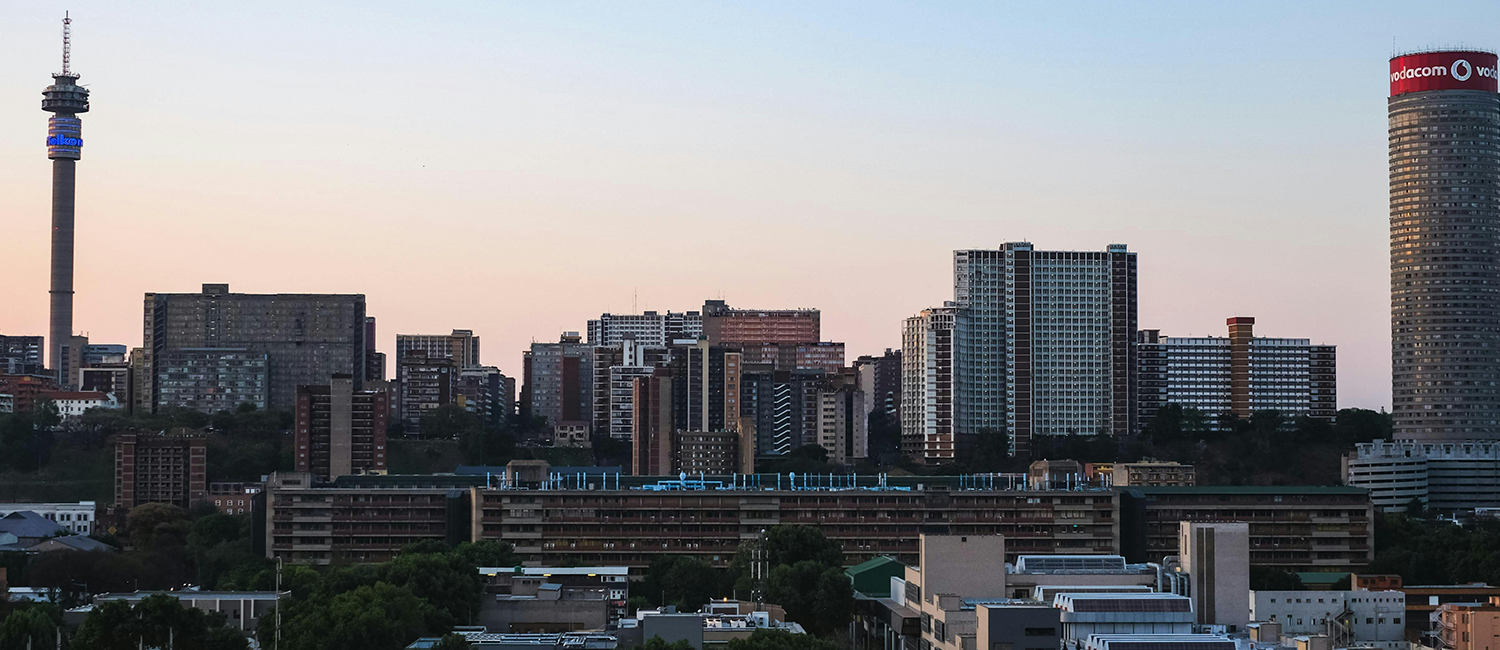DON’T expect to find a TV or other mod cons in this guesthouse and museum: Mahatma Gandhi would not have approved, and it’s his house.
The Kraal, the house in Orchards in which Gandhi lived for several years with his architect friend, Hermann Kallenbach, has been meticulously and lovingly restored and renamed Satyagraha House. It was officially opened this week, although it has been operating as a guesthouse for several weeks already.
Satyagraha means “truth force” in Sanskrit and refers to Gandhi’s philosophy of non-violent resistance that he developed while living in South Africa. Although he lived in several houses in Joburg, this is the only one that has been preserved in his memory.
His life was lived with a minimalism and simplicity captured in his writing: “My life is my message.”
The opening was attended by senior Indian and French diplomats and tourism representatives. Despite there being about 60 people in the garden and house, a tranquil and serene ambience pervaded the evening.
“South Africa’s liberation heritage has been further enriched with the official opening of Mahatma Gandhi’s historical Johannesburg home, now transformed into a museum and guesthouse for those eager to immerse themselves in the Gandhi life experience,” said Jean François Rial, the chief executive of the French travel company, Voyageurs du Monde, and Satyagraha House.
The travel company bought the house two years ago with a view to restoring it as a heritage destination for “liberation tourism”.
The house, at 15 Pine Road, was completed in 1908 and Gandhi and Kallenbach lived in it until the end of 1909. It was built on a kraal principle, with two bedroom rondavels abutting a lounge that led on to a stoep, from which a kitchen flowed. The previous owners enclosed the stoep with tall wooden concertina doors, which have been retained, as has the addition of two bedrooms at the back.
An interesting feature is that the rondavels do not flow into the dining room, but have outside doors. Kallenbach wished to keep them as independent structures, to emulate a conventional kraal. In addition, the original house had no passages.
India
The house is a metaphor of simplicity, just as Gandhi lived his life, with period pieces imported from India. It is finished in pure white walls and wood and white concrete floors, with black framed windows and doors, and black ceiling beams juxtaposed against the thatch roof.
Tables, chairs and cupboards are wood, while curtains and linen are Indian cotton. Decor consists of woven baskets, smooth black ceramic pots and grass mats. Artefacts include kitchen implements from the early 1900s, a weaving machine and chests.
Large black and white photographs line the walls, together with panels with quotes capturing Gandhi’s philosophy. There is an extensive book collection in French and English. “Exhibits celebrate Gandhi’s life while reflecting the minimalism and simplicity that characterised his life,” said Rial.
The guesthouse has nine rooms, spread across the house, a cottage in the garden, and a new building. All food is vegetarian, and besides a simple breakfast, mornings begin with meditation. Yoga sessions are also available. The house also acts as a restaurant, serving only vegetarian food.
Tennis court
The new structures, built in a square, facebrick finish, line the southern edge of the property. It originally had a tennis court – Gandhi believed in a healthy mind and body – but that disappeared when the property was sub-divided as the suburb developed. The boundary line of the court had been retained, said Rocco Bosman, the heritage specialist who did the restoration work and new structures.
“It was a challenge to keep the new architecture very simple so that it didn’t overwhelm the original architecture,” he said. “It had to be unimposing and unpretentious.”
It was important to create a neutral but contemporary feeling so that there is a clear distinction between old and new. Some of the later extensions have been retained, while some, like a long stoep on the northern side of the house, were demolished, revealing the original stairway into the garden. The garden itself is dominated by four mature jacaranda trees, two pride of India trees, and an unusual tall tulip tree.
Lauren Segal, who did the museum curation, said at the opening that when she first drove to the house “through the madness of Joburg”, she was somewhat sceptical of a French company buying it: “They had bought this house of one of our saints.”
But when she entered, she could feel “the spirit of Gandhi in the walls, in the beautiful garden, in the rooms”.
She was full of praise for Rial: “You have created a model for sustainable heritage projects, with the right values. You have worked in the way Gandhi lived. Your vision is as bold as Gandhi’s.”
Said Rial: “Satyagraha House marks an important passage in a liberation struggle that was later taken up in South Africa by leaders such as Nelson Mandela.”
Lawyer
Gandhi came to South Africa in 1893 as a young lawyer, and remained in the country, besides several short spells in England and India, for 21 years. He experienced racial discrimination almost from the moment he arrived as a naïve 25-year-old.
He returned to India for good in 1914, where he developed his satyagraha philosophy further.
Gandhi said of his experience in the country: “Truly speaking, it was after I went to South Africa that I became what I am now. My love for South Africa and my concern for her problems are no less than for India.”
He spent about 12 years in Joburg, living in various suburbs. In Troyeville, he lived at 11 Albermarle Street with his wife, Kasturba, three of his four sons, and friends Henry and Millie Polak. Leaving Troyeville, he moved into a four-roomed house in Bellevue East with the Polaks, on the corner of Sharp and Albert streets. The house no longer exists.
He then moved into the Orchards house with Kallenbach. At the time it was in the country, surrounded by virgin veld.

